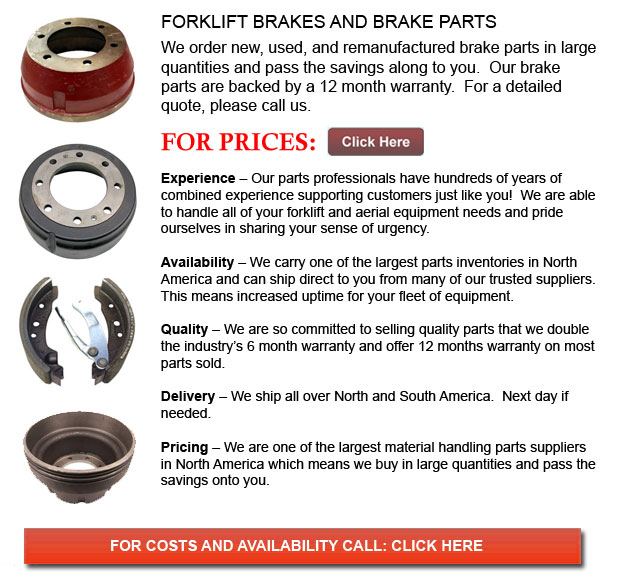
Forklift Brakes - A brake drum is in which the friction is provided by the brake pads or brake shoes. The shoes or pads press up against the rotating brake drum. There are a few other brake drums kinds together with certain specific differences. A "break drum" will normally refer to whenever either shoes or pads press onto the interior surface of the drum. A "clasp brake" is the term utilized in order to describe when shoes press against the exterior of the drum. Another type of brake, referred to as a "band brake" utilizes a flexible belt or band to wrap around the outside of the drum. Whenever the drum is pinched in between two shoes, it can be called a "pinch brake drum." Similar to a typical disc brake, these types of brakes are quite uncommon.
Old brake drums, prior to nineteen ninety five, required to be consistently adjusted in order to compensate for wear of the shoe and drum. "Low pedal" could cause the needed adjustments are not performed satisfactorily. The motor vehicle could become dangerous and the brakes could become useless when low pedal is combined with brake fade.
There are several various Self-Adjusting systems for braking on the market nowadays. They can be classed into two individual categories, the RAI and RAD. RAI systems are built in systems which help the tool recover from overheating. The most well known RAI manufacturers are Bosch, AP, Bendix and Lucas. The most famous RAD systems include Ford recovery systems, Volkswagen, VAG, AP and Bendix.
The self adjusting brake would typically only engage when the vehicle is reversing into a stop. This method of stopping is acceptable for use whereby all wheels use brake drums. Disc brakes are utilized on the front wheels of vehicles today. By operating only in reverse it is less probable that the brakes will be applied while hot and the brake drums are expanded. If adjusted while hot, "dragging brakes" can take place, which increases fuel expenditure and accelerates wear. A ratchet device which becomes engaged as the hand brake is set is one more way the self repositioning brakes can work. This means is just appropriate in applications where rear brake drums are used. Whenever the parking or emergency brake actuator lever exceeds a certain amount of travel, the ratchet improvements an adjuster screw and the brake shoes move toward the drum.
There is a manual adjustment knob placed at the bottom of the drum. It is generally adjusted via a hole on the opposite side of the wheel and this requires getting beneath the forklift along with a flathead screwdriver. It is of utmost importance to be able to move the click wheel correctly and tweak each and every wheel equally. If uneven adjustment happens, the vehicle could pull to one side during heavy braking. The most effective method to guarantee this tedious job is accomplished carefully is to either lift every wheel off the ground and hand spin it while measuring how much force it takes and feeling if the shoes are dragging, or give every\each and every one the same amount of manual clicks and then do a road test.
![]() Click to Download the pdf
Click to Download the pdf
Forklift Parts
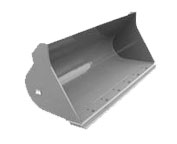
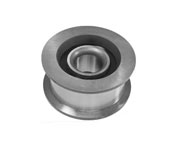
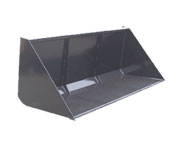
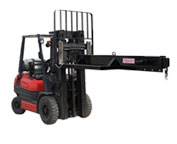
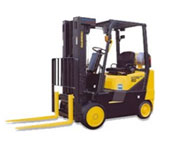
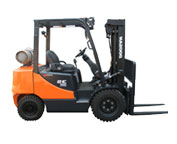
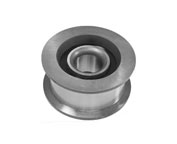
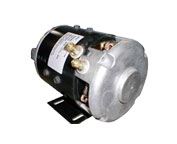
Lift Parts Express
TOLL FREE: 1-888-695-7994
New Orleans, Louisiana
forkliftpartsneworleans.com
Email Us
About Us


